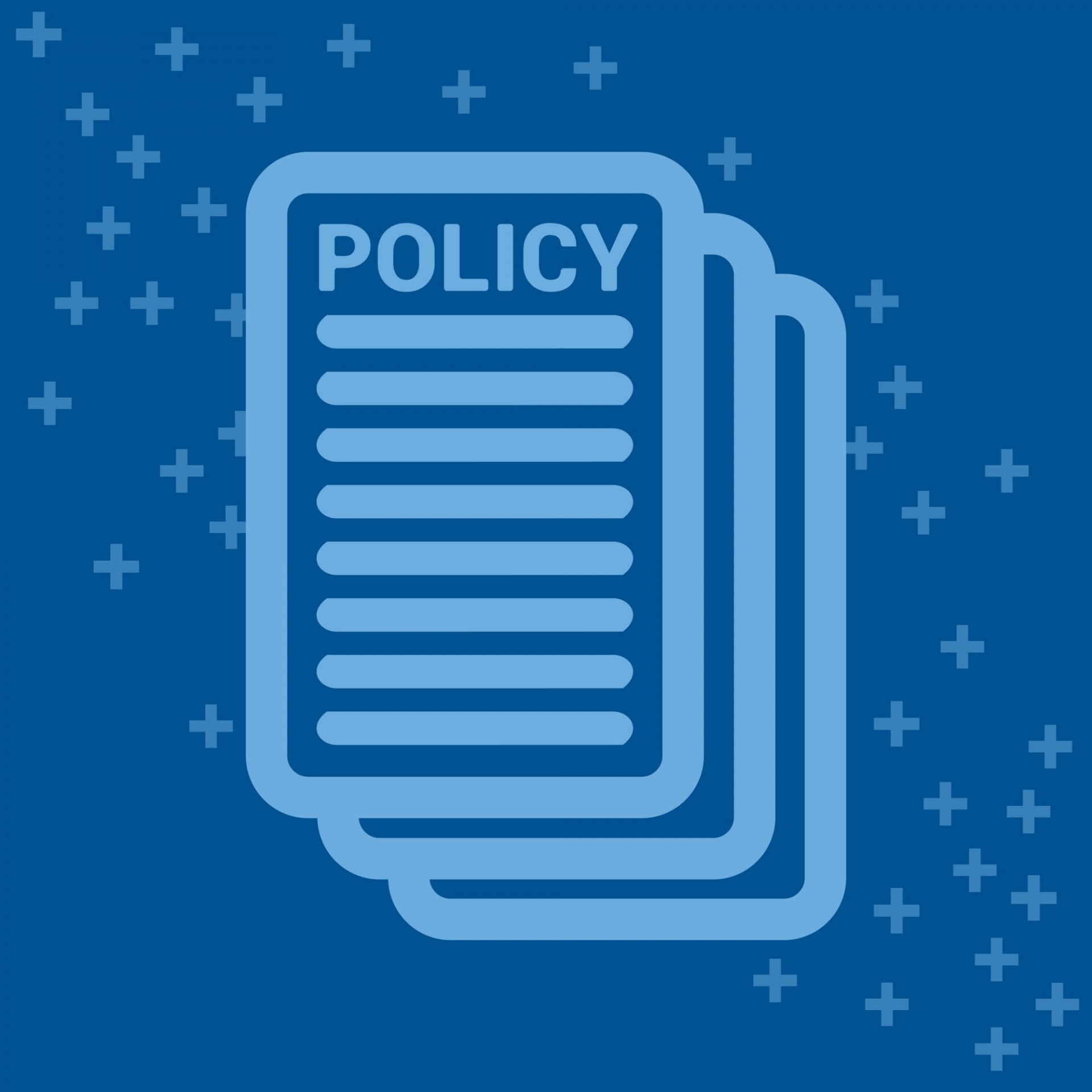The Child Tax Credit is one of the largest federal investments in children. Our research tracks the impacts of the 2021 temporary expansion, which helped reduce child poverty to a historic low; who the Child Tax Credit reaches and who it continues to leave out; the effects of Child Tax Credit policy design choices; anti-poverty estimates of proposed and enacted Child Tax Credit policy changes over time; benefit-cost analyses of a permanent Child Tax Credit expansion; and more.
Tracking the Effects of the 2021 Expanded Child Tax Credit
The American Rescue Plan made three important changes to the Child Tax Credit for 2021—higher benefit levels, particularly for young children; expanded access to children in families with the lowest incomes historically left out; and monthly payment delivery—that represented a historic, albeit, temporary policy transformation. This research tracks the effects of this expansion across a range of indicators, including: child poverty; food, financial, and material hardship; family income and expenditures; employment; and more.
2024
- Consumption responses to an unconditional child allowance in the United States, Nature Human Behavior—Feb 2024
2023
- The Child Tax Credit and family well-being: an overview of reforms and impacts, The ANNALS of the American Academy of Political and Social Science—Dec 2023
- Impact of the expanded child tax credit and its expiration on adult psychological well-being, Social Science & Medicine—Sept 2023
- Effects of the expanded Child Tax Credit on household spending: Estimates based on U.S. consumer expenditure survey data, National Bureau of Economic Research working paper—June 2023
- Related earlier version: Effects of the expanded Child Tax Credit on household spending: Estimates based on U.S. Consumer Expenditure Survey, U.S. Bureau of Labor Statistics working paper—Apr 2022
- The differential effects of monthly and lump-sum Child Tax Credit payments on food and housing hardship, American Economic Association Papers and Proceedings—May 2023
- Related earlier version: The initial effects of the expanded Child Tax Credit on material hardship, National Bureau of Economic Research working paper—Sept 2021
2022
- The effects of the 2021 monthly Child Tax Credit on child and family well-being: Evidence from New York City, Socius:Sociological Research for a Dynamic World—Dec 2022
- No evidence the Child Tax Credit expansion had an effect on the well-being and mental health of parents, Health Affairs—Nov 2022
- Comparing monthly poverty measures, working paper—Aug 2022
- Estimating monthly poverty rates in the United States, Journal of Policy Analysis and Management—June 2022
- Effects of the expanded Child Tax Credit on employment outcomes: Evidence from real-world data from April to December 2021, National Bureau of Economic Research working paper—Mar 2022
- Related earlier version: Effects of the expanded Child Tax Credit on employment outcomes: Evidence from real-world data from April to September 2021, working paper—Oct 2021
2023
- State-level poverty impacts of the Child Tax Credit in 2021—Oct 2023
- The antipoverty effects of the expanded Child Tax Credit across states: Where were the historic reductions felt?, with The Hamilton Project, Brookings Institution—Mar 2023
2022
- Research roundup of the expanded Child Tax Credit: One year on—Nov 2022
- Related earlier version: First six months—Dec 2021
- The 2021 Child Tax Credit expansion: Child poverty reduction and the children formerly left behind—Nov 2022
- A step in the right direction: The expanded Child Tax Credit would move the United States’ high child poverty rate closer to peer nations, with UNICEF Innocenti, Global Office of Research and Foresight—Oct 2022
- Monthly poverty remains elevated in Februar 2022—Mar 2022
- Absence of monthly Child Tax Credit leads to 3.7 million more children in poverty in January 2022—Feb 2022
2021
- December 2021 Child Tax Credit kept 3.7 million children from poverty—Jan 2021
- November 2021 Child Tax Credit payment kept 3.8 million children from poverty—Dec 2021
- October 2021 Child Tax Credit payment kept 3.6 million children from poverty—Nov 2021
- Expanded Child Tax Credit continues to keep millions of children from poverty in September 2021—Oct 2021
- Second Child Tax Credit payment keeps 3.5 million children out of poverty—Sept 2021
- Child poverty drops in July 2021 with the Child Tax Credit expansion—Aug 2021
2023
- Impact of the expanded Child Tax Credit and its expiration on adult psychological well-being, Social Science & Medicine—Sept 2023
- The State of Poverty and Disadvantage in New York City—Feb 2023
2022
- The effects of the 2021 monthly Child Tax Credit on child and family well-being: Evidence from New York City, Sociological Research for a Dynamic World—Dec 2022
- Spotlight on Child Tax Credit: Transforming the lives of families—Mar 2022
The Poverty Tracker is a joint project with Robin Hood
Who is Left Out?
From its inception, the Child Tax Credit has excluded a substantial proportion of children from the full credit because their families do not earn enough to qualify. The share of children affected has changed over time, but prior to the pandemic, 1 out of every 3 children nationwide were left out. Disparities were widespread: 1 out of every 2 Black and Latino children were left out and high proportions of children in single parent households, young children, children in larger families, children in rural areas, and children in higher poverty areas were also excluded. This research identifies patterns and changes among the population of children left out of the full Child Tax Credit through historic and recent policy changes.
2023
- The Child Tax Credit and family well-being: An overview of reforms and impacts, The ANNALS of the American Academy of Political and Social Science—Dec 2023
2024
- Children left behind by the Child Tax Credit in 2023—Oct 2024
- Children left behind by the Child Tax Credit in 2022: By state and congressional district—Sept 2024
2023
2020
2019
- Children losing out: The geographic distribution of the federal Child Tax Credit—Dec 2019
- Left behind: The one-third of children in families who earn too little to get the full Child Tax Credit—May 2019
- The case for extending state-level child tax credits to those left out: A 50-state analysis, with Institute on Taxation and Economic Policy—Apr 2019
Modeling the Anti-Poverty Potential of the Child Tax Credit
This research estimates the potential anti-poverty impacts of proposed and enacted changes to the Child Tax Credit, with a particular focus on child poverty rates nationally and by state, across racial and ethnic groups, family types, and more.
2023
- The Child Tax Credit and family well-being: An overview of reforms and impacts, The ANNALS of the American Academy of Political and Social Science—Dec 2023
2024
2023
2022
- State child tax credits and child poverty: A 50-state analysis, with Institute on Taxation and Economic Policy—Nov 2022
2021
- The potential poverty reduction effect of the American Families Plan—Apr 2021
- The potential poverty reduction effect of the American Rescue Plan—Mar 2021
- A poverty reduction analysis of the American Family Act—Jan 2021
2020
2019
- The Economic Mobility Act as antipoverty policy: Proposed changes to tax law would cut child poverty nearly a quarter—Sept 2019
- The case for extending state-level child tax credits to those left out: A 50-state analysis, with Institute on Taxation and Economic Policy—Apr 2019
- Progressive tax credit proposals and the potential effects on poverty in New York City—Mar 2019
- Progressive tax credit proposals for addressing U.S. poverty in the upcoming 2020 elections—Feb 2019
2018
2017
2016
- Doing more for our children: Modeling a universal child allowance or more generous Child Tax Credit, with The Century Foundation—Mar 2016
Benefits and Costs
Our benefit-cost research reveals that a permanently expanded Child Tax Credit would generate a high rate of return in benefits to society for every $1 spent on the credit, delivering an annual social and economic value to society through improvements in children's health, education, and future earnings many times greater than the annual cost.
2024
- Update of the benefits and costs of a child allowance, working paper—Apr 2024
2022
- The benefits and costs of a U.S. child allowance, Journal of Benefit-Cost Analysis—Sept 2022
Impact of Policy Design
Policy design choices affects the anti-poverty poverty potential of the Child Tax Credit. This research identifies how different policy design elements—including, but not limited to: full refundability, monthly payment delivery, indexing the credit to inflation, and more—impact short-term and long-term policy outcomes.
2023
- The Child Tax Credit and family well-being: An overview of reforms and impacts, The ANNALS of the American Academy of Political and Social Science—Dec 2023
2020
- Supporting children and families through the pandemic, and after: The case for a U.S. child allowance, Social Sciences & Humanities Open—June 2020
2018
- A universal child allowance: A plan to reduce poverty and income instability among children in the United States, The Russell Sage Foundation Journal of the Social Sciences—Feb 2018
2024
- Equalizing the Child Tax Credit for babies: How the 2023 American Family Act treats infants, with The Scholars Strategy Network—Aug 2024
- The promise of Universal Child Benefits: The foundational policy for economic and social development, with the ILO, UNICEF, and Learning for Well-Being Institute—Feb 2024
2023
- Starting sooner: Should cash payments begin during pregnancy?—Nov 2023
- The case for a federal birth grant: A plan to reduce poverty for newborns and their families—Feb 2023
2022
- Keeping up with inflation: How policy indexation can enhance poverty reduction, with The Century Foundation—Aug 2022
- Monthly cash payments reduce spells of poverty across the year—May 2022
2021
2020
- What a child allowance like Canada’s would do for child poverty in America, with The Century Foundation—July 2020
- A better Child Tax Credit during the COVID-19 crisis—May 2020
2019
2017





